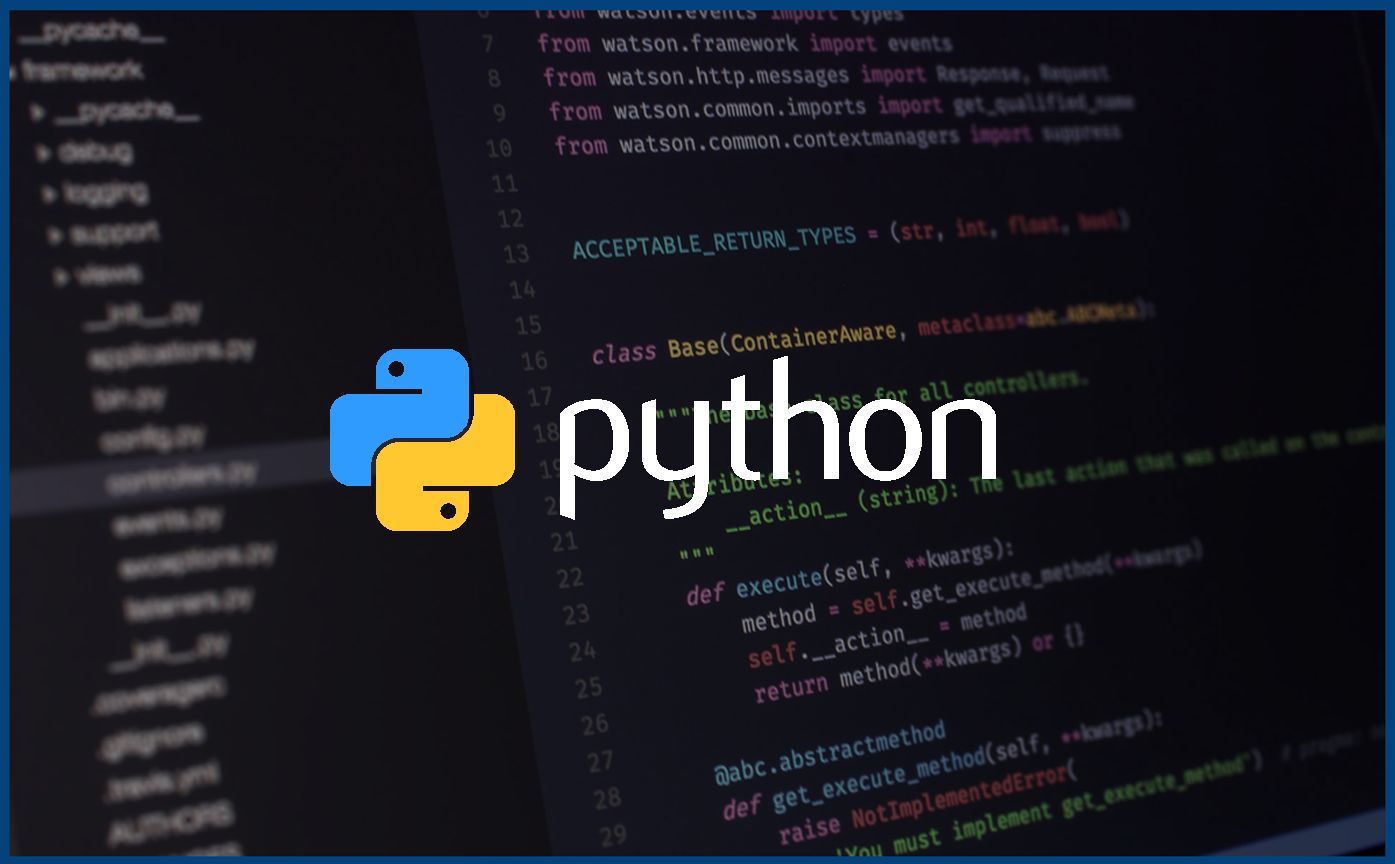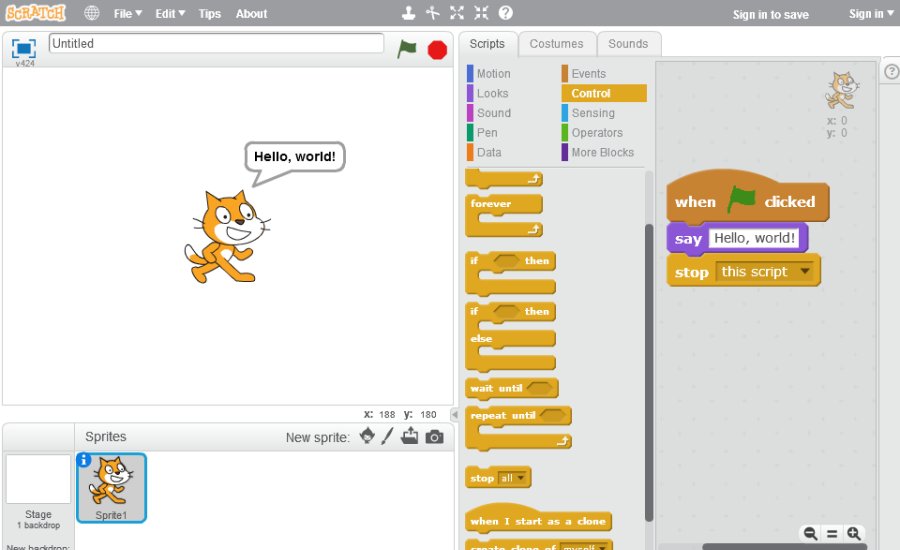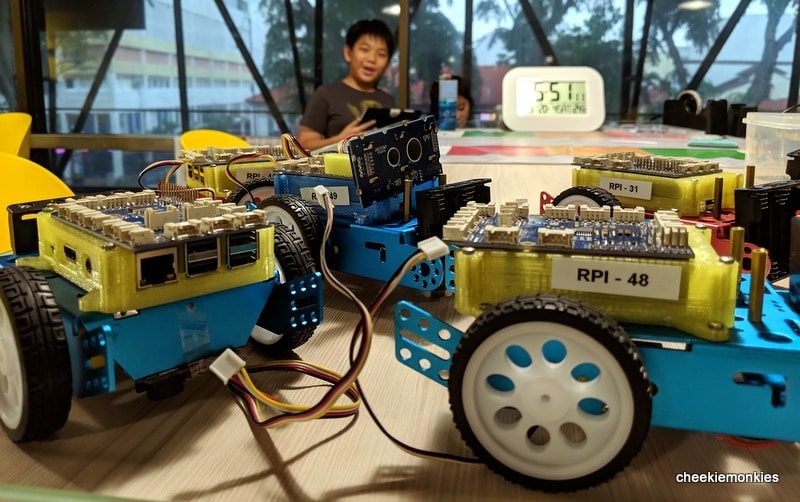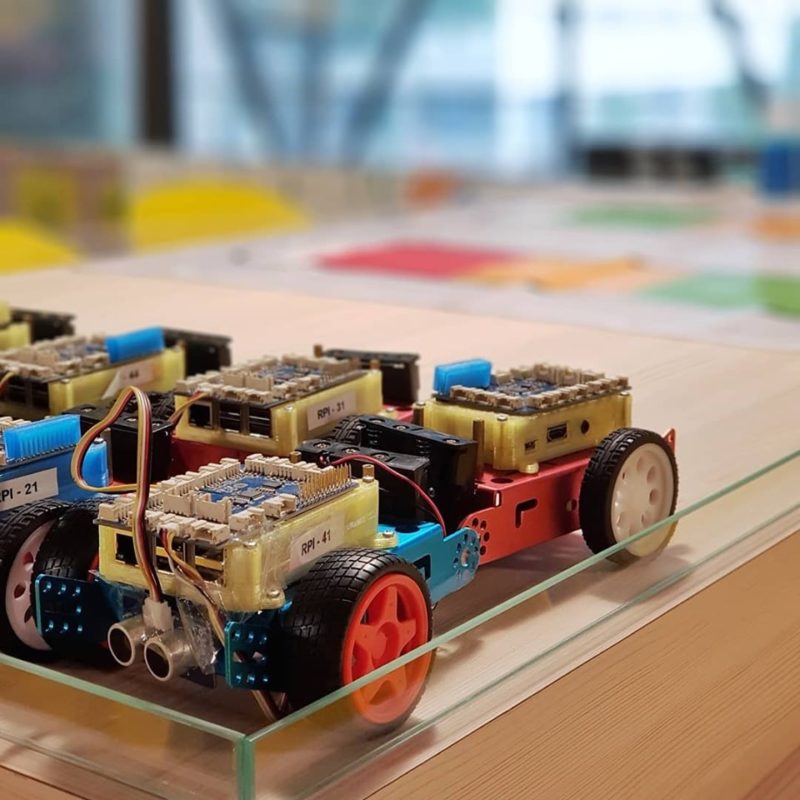The Lab Singapore is highly honoured to have Kelvin – blogger of Cheekiemonkies to review us.
I’m Kelvin, a Daddy Blogger based in Singapore and most recently, an author of two editions of ‘Got Kids, Go Where?’ – a book of 550 activities for parents to do with their kids in Singapore. I have guest written for Yahoo! Singapore Parenting website and was invited as a speaker at Asian Festival of Children’s Content 2015, and a panelist for Singapore Children’s Forum 2015. I was appointed a judge for Singapore Tourism Awards 2016 & 2017, and a Council Member of the Advisory Council on Community Relations in Defence (ACCORD) Family & Community and Families for Life Council.
I also co-founded Daddy Matters – an online community of active dads as well as dads who want to be active in promoting the message of active fathering to everyone.
Let’s face it – coding is the new language of the future.
If you didn’t already know, all upper primary students (Primary 4 to 6) will attend compulsory coding enrichment classes from next year onwards. The 10-hour Code for Fun programme will teach students computational thinking(this is a HUGE thing and I will get to that in a bit, I promise), coding concepts and problem-based learning.
For Ayd, he has always wanted to pick up coding. In fact, he even tried learning on his own through YouTube videos with varying success. I think it was because there was no structure and curriculum so he could not exactly keep track of what he has and hasn’t learnt.
So when The Lab came calling, he was over the moon. Ale was also keen to try coding so together with Ayd, they were signed up for their coding sessions.
The Lab is a coding school with coding programmes for kids aged 4 and above. They are the first Coding and Robotics school in Singapore that runs an adaptive learning management system to personalise each and every student based on their learning abilities and behaviours.
All very good on paper but how about in reality? Ayd and Ale have been attending coding sessions at The Lab for three months now and I have to say I am mightily impressed – by both its curriculum AND learning environment. I have been able to keep track of their progress through The Lab’s portal and one of the projects they have completed so far is to write a coding sequence for a motion sensor. For once, they know something that I don’t! 😂
So if you are considering to send your child to pick up coding, here are 6 ways The Lab makes it different for kids compared to other coding schools:
NO CLASSROOMS
The Lab is big on cultivating an innovative learning environment to foster ideas among its students. Hence, the entire premise is modeled on the idea of a playground where there are no walls separating one kid from another, i.e. there is no classroom setting!
And what do kids do best at a playground? They children move and explore, they invent games and stories and they collaborate with peers and negotiate conflicts. Of course, they are also supervised by adults throughout, but they lead their own experience.
And this is exactly what The Lab is all about.
The open concept layout empowers kids by giving them the responsibility towards their own learning progression. Tables are structured in groups of 4 and 8 to increase collaboration with peers.
And unlike in a clasroom setting, The Lab practices flexible seating which allows kids to choose where they work and with whom. Ayd and Ale could be sitting at one table for one session and at another for another week, depending on the project they are working on. Or even on the floor!
KIDS LEARN AT THEIR OWN PACE
Every child is different in his or her own right. Some will pick up coding faster than others, while some will show more interest in various aspects of coding. But if all kids are lumped together in the same classroom and sit through the same coding class, there may be a risk of some kids being not able to catch up… and eventually, lose interest in coding completely.
It is entirely different at The Lab.
What I love about its sessions is kids of various ages can be attending the SAME session together. That is the beauty of the school whereby it has classes for all ages running at the same time.
So Ayd and Ale could be attending the same session at The Lab, but they will be totally doing different things. It all depends on their individual progress, and teachers will be present to provide any assistance if they should require it.
And parents will be able to keep track of their kids’ progress remotely, thanks to The Lab’s parent portal.
Just log in weekly to get an update of your kids’ weekly projects – I can even see the time taken and number of attempts needed to complete each individual challenge, all while sipping my coffee while waiting for them to be done. 😆
And beyond all these data, each student is stringently assessed by a cutting-edge technology system powered by data analytics, supported with highly qualified facilitators. They closely monitor the progress of the student to ensure that he/she is learning in the most efficient way.
PAY A MONTHLY FEE & GO AS MANY TIMES AS YOU WANT
For kids who are aged between 10 and 16, the fees are perhaps the most worth it in my opinion. Pay just $280 per month (on a 12-month term) and the kid can attend the coding sessions as many times as he or she wants in a month. Want to go every alternate day to finish your challenges quickly? No problem!
COMPUTATIONAL THINKING FTW
The Lab is the first coding school in Singapore, if not in Asia, to formalize a Computational Thinking and Programming curriculum for students aged 4 and above.
Wait, so what is Computational Thinking?
Computational thinking teaches you how to tackle large problems by breaking them down into a sequence of smaller, more manageable problems. It allows you to tackle complex problems in efficient ways that operate at huge scale. It helps you go from specific solutions to general ones.
In short, it is an ESSENTIAL skill for the new world that our kids are growing up in. So even if one does not work in the IT industry in future, developing computational thinking skills teaches you a new way to think about the world.
At The Lab, the student not only learns to be proficient in Python, but also builds skills in computational thinking, logic and problem solving, analytical skills, and information processing. Students who learn how to think computationally increase their ability to think logically, solve complex problems and to think creatively. These skills facilitate and increase a student’s analytically power to better solve traditional school subjects such as Science and Math.
EXPERIENTIAL CURRICULUM
Most coding schools’ programmes are not curriculum based and do not have clear learning objectives against which to assess student progress. But The Lab has clear learning objectives and formalized assessment. From the time taken to finish a challenge, to number of attempts taken, all these are captured and recorded in its cloud database, which parents can easily access via the parent portal.
‘
And even better, The Lab’s curriculum is an experiential one as it removes students from traditional classroom setting and allows them to immerse themselves into real-world problems. Its curriculum is well-documented and reviewed by Dr. Oka Kurniawan, who is the Senior Lecturer for Singapore University of Technology and Design (SUTD).
Kids will learn core computational thinking concepts such as decomposition, pattern recognition, and abstraction as well as programming tools such as flowcharts… stuff which had Ale initially stumped but she gradually picked it up and was writing flowcharts easily. And that really got me impressed!
BEYOND THE CLASSROOM
Equipping a child with coding skills is only one side of the coin but enriching his/her emotional, social, artistic and creative attributes will serve to prepare each child to meet the challenges of the real world. The Lab has in place various programs that aids in student development:
Monthly Members’ Competition
The competition is designed to enhance teamwork and collaborative skills amongst members. The competition requires little coding skills and hence includes members of all levels to learn coding in a fun and competitive way.
Leaderboard
The Lab Leaderboard is to introduce excitement, energy and enthusiasm from students. Gamification is introduced into the curriculum to cultivate a fun learning environment for the students.
Participate in National Competitions
The Lab participates in Robotics and STEM related competitions that places a student’s credentials at an advantage, particularly for DSA-SEC (Direct Secondary Admission – Secondary).
Student Industry Tours
The Lab organizes student industry tours. The Lab ethos behind such tours is to expose the students to a different landscape, variety of people thereby encouraging interaction, ignite career inspirations, exchange of ideas and to acquire the knowledge about the basic functionality of a company.
Mentorship Program
The Lab engages established industry veterans to act as Mentors to guide its students in charting a career path ahead in technology. They work to provide insights to aspiring students on specific career sectors, how to get ahead and gain tips to navigate the job market.
On top of it all, The Lab makes it FUN for kids to attend its classes. Ayd and Ale keep bugging me to remember to register them for the following week’s session and are genuinely disappointed when they have to miss a session due to some events on certain weeks – which I guess is great testament to the great job that The Lab is doing!
FREE CODING TRIAL CLASS!
Let your kids try out for one session at The Lab for FREE! Register for the free trial class at www.thelab.sg. Enter the promo code CM$50OFF when you sign up for the free trial to get a $50* off one-time membership fees!
*Not to be applied in conjunction with other discounts
Useful Information
The Lab
Address: Katong V, 30 East Coast Rd #03-15/16, Singapore 428751
and
Wisteria Mall, 598 Yishun Ring Rd #01-35/36, Singapore 768698 (Opening in Nov 2019)
Tel. No: WhatsApp chat (+65) 8767-4557
Email: contact@thelab.sg
Rates: https://www.thelab.sg/membership/
Website















